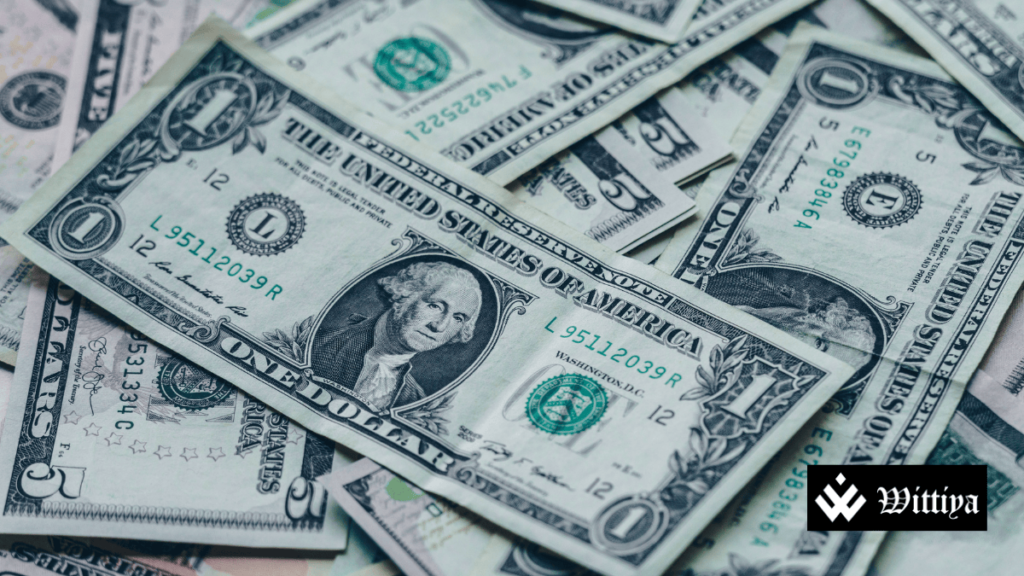The US dollar weakened ahead of President Donald Trump’s inauguration, causing the Indian rupee to appreciate. The rupee gained 14 paise to 86.46 against the dollar, following a positive trend in domestic equities. The dollar index also dropped 0.30%. Market experts expect short-term volatility with a range for the rupee between 86.20 to 86.80.
The US dollar saw a decline against Asian currencies on Monday, with the Indian rupee appreciating against the greenback, reflecting a broader weakness in the dollar ahead of the anticipated inauguration of US President Donald Trump. The dollar index, which measures the US currency’s strength against a basket of six major currencies, dropped by 0.30% to 109.02.
The Indian rupee gained 14 paise, trading at 86.46 against the US dollar, following a positive trend in both the domestic stock market and other Asian currencies. The rupee opened at 86.48 in the interbank foreign exchange market and touched a high of 86.46, marking a gain over its previous close of 86.60.
As Trump is set to return to the White House, market experts are keeping a close eye on any potential policy changes that could affect the currency market. Amit Pabari, Managing Director at CR Forex, explained that while Trump’s “America First” trade agenda could introduce volatility into the US Dollar Index (DXY), concerns over his policies’ implications on global trade could curb gains in the dollar.
Dollar Outlook
Markets are expected to closely monitor the political landscape as Trump begins his second term, with potential increases in tariffs and sanctions possibly driving safe-haven demand for the dollar. However, these factors might also lead to trade disruptions and slower global economic growth, which could weigh on the dollar index. According to Pabari, the DXY could fluctuate within a range of 108.50 to 110.50, with a breach in either direction likely to trigger significant market momentum.
Indian Rupee Outlook
Despite challenges such as a decline in India’s forex reserves to $625.87 billion as of January 10, 2025, and outflows of $6.4 billion from foreign institutional investors (FIIs), the rupee has gained strength due to positive domestic equities. Pabari also noted that the Reserve Bank of India (RBI) has been taking steps to stabilize the rupee by engaging in Variable Rate Repo auctions to ease liquidity pressures.
However, the Indian rupee is expected to remain volatile in the short term. Pabari forecasted that the rupee could trade within a range of 86.20 to 86.80 in the near future, amid ongoing global and domestic economic factors.
The Indian stock market showed strong performance as the Sensex and Nifty 50 were both up by 0.7%, helping support the rupee’s gains in the forex market.



